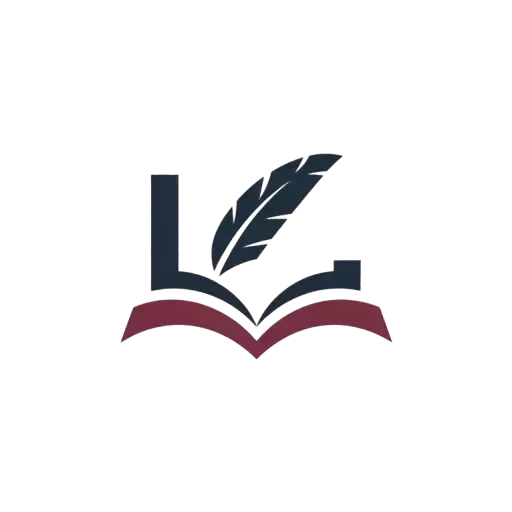Introduction
Rudyard Kipling, the famous British writer and poet, stands out for his colorful descriptions of nature and human life. One of his less popular but strong works is the poem “The Sea and the Hills,” a gem that looks into the never-ending charm of the sea and the soothing presence of the hills. This breakdown will explore the layers of meaning, word pictures, and poetic tricks that make this piece a lasting look at what humans want and where they feel they belong.
Background and Context
Kipling wrote “The Sea and the Hills” in 1902. It was part of his book “The Five Nations.” He penned it after he came back to England. He had lived in other countries for many years. This background matters. It shapes the poem’s ideas about yearning, thrill-seeking, and how different places pull at our hearts.
Main Ideas and Word Pictures
The Sea’s Appeal
Kipling shows the sea as a mix of things. It draws people in, but it can hurt them too. The poem starts by asking, “Who hath desired the Sea?” This question gets readers thinking. It makes them ponder how they feel about the big changeable ocean.
The poem paints a picture of the sea using strong imagery:
- “The sight of salt water unbounded”
- “The heave and the halt and the hurl and the crash of the comber wind-hounded”
- “The sleek-barrelled swell before storm, grey, foamless, enormous, and growing”
These colorful descriptions highlight the sea’s allure, strength, and constant change inspiring wonder and a thirst for adventure.
The Comfort of the Hills
The hills stand in sharp contrast to the wild sea offering a sense of steadiness and solace. The repeated line “So and no otherwise—so and no otherwise—hillmen desire their Hills!” underscores this deep bond between people and their home terrain.
The Duality of Human Desire
The poem’s most fascinating feature is how it explores the clashing wants in people’s hearts. Kipling points out that while the sea’s thrill and danger attract some, others find comfort in the hills’ unwavering presence. This contrast reflects the common human struggle to balance the craving for excitement with the need to feel safe and like you belong somewhere.
Poetic Devices and Literary Techniques
Kipling uses several poetic tricks to make his words hit harder:
- Alliteration: “The heave and the halt and the hurl” creates a beat that sounds like the sea’s movement.
- Personification: The poem refers to the sea as “she,” giving it human traits and highlighting its changeable nature.
- Repetition: The chorus at the end of every verse drives home the main idea and adds a musical touch.
- Imagery: Rich descriptions tap into many senses drawing the reader into the scenes painted by the words.
- Rhetorical questions: These get the reader involved and encourage them to think about the themes presented.
The Natural World: Sea vs. Hills
Kipling has an impact on readers by comparing the sea and the hills. He uses these natural elements as symbols for different parts of human life. The sea stands for adventure, change, and mystery, while the hills represent stability, home, and tradition. This difference shows the ongoing battle between wanting to explore and needing to stay put.
Relevance and Timelessness
Even though it’s over 100 years old, “The Sea and the Hills” still matters today. In our world where everything’s connected many people struggle with wanting to see new places while keeping ties to where they’re from. The poem talks about things everyone feels: wanting to wander, missing home, and trying to figure out who they are.
Conclusion
Rudyard Kipling’s “The Sea and the Hills” takes a deep look at what people want how strong nature is, and how we’re always pulled between going on adventures and staying home. With clear word pictures clever use of poetry tricks, and a good grasp of how people think, Kipling wrote something that still speaks to readers today.
As we find our way between the seas and hills in our own lives – not real ones, but ones that stand for big choices – this poem reminds us how tricky human wants can be and how much where we are shapes who we are.
After we’ve taken a deep look at “The Sea and the Hills,” we hope you’ll keep exploring Kipling’s amazing world of poetry. Tell us what you think about this breakdown in the comments, and maybe check out more of Kipling’s nature-inspired stories, like “The Jungle Book” or “Kim.” How do the ideas of adventure and home connect with your life? Let’s keep talking and see how Kipling’s poems still matter today.


